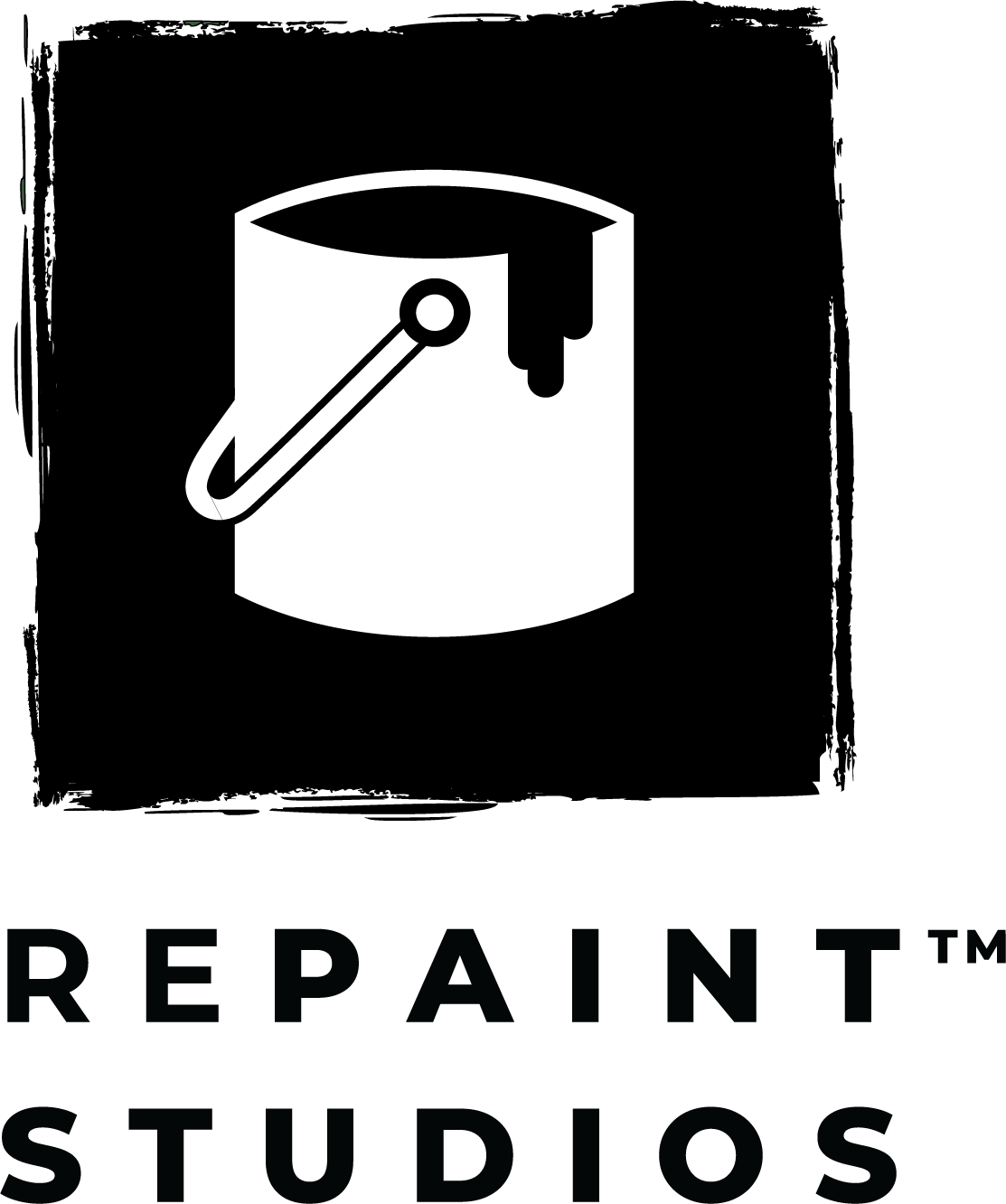It's December 2024. Holiday cookies are vanishing faster than you can say "sugar rush," and there's that half-used can of "Serene Seafoam" lurking in the garage. Is it still good? Does it even resemble its former vibrant self?
We've all been there — finally finding time to finish a project, only to discover your paint has decided to call it quits. Before you toss that potentially usable paint, let's explore paint storage and preservation techniques.
Decoding your paint: is it still usable?
Unlike that festive bottle of eggnog, paint doesn't come with an expiration date. However, there are clues that your paint might be past its prime. Here's what to look for:
- Skin Formation & Thickening: A thick layer or noticeably thicker consistency doesn't always mean your paint is unusable. It may simply have dried out or separated. You can often thin it with water.
- Paint Separation: If your paint becomes thin or watery, and separates even after stirring, then that’s a good sign to set it aside.
- Color Change: A noticeable shift in hue? Your paint may have oxidized.
- Rotten Egg Smell or Mold: These are definite signs to discard the paint.
Proper paint disposal
If your paint is indeed unusable, don't just throw it in the trash! Check local guidelines for responsible disposal. Most hazardous waste facilities accept oil-based paints and primers; water-based paints can usually be disposed of in your regular trash after drying. To dry water-based paints, mix in kitty litter or sand, let it cure completely, and then dispose. Alternatively, you can leave the lid off to allow smaller quantities to fully dry.
Keeping your paint happy: the Repaint Tray & beyond
The Repaint Tray is your secret weapon for keeping paint fresh during a project! Its airtight, resealable lid prevents skin formation and maintains consistency, extending usable life.
Important Note: The Repaint Tray is ideal for ongoing projects, not long-term storage. For smaller amounts of leftover paint, consider transferring it to a labeled mason jar. For larger quantities, store paint cans in a temperature-controlled area, off the floor, and away from direct sunlight.
Sustainability and savings
Let's talk trash — specifically, the kind piling up from those flimsy, single-use plastic paint tray liners. They're not exactly eco-chic, are they? And while they might seem inexpensive upfront, the cumulative cost, both financially and environmentally, adds up quickly.
The Repaint Tray offers a stylish and sustainable solution. Its durable, reusable design significantly reduces plastic waste, saving you money on repeated liner purchases. Think of it as an investment that pays dividends in both your wallet and the planet's well-being.
But sustainable painting practices go beyond just the tray. Here are a few more simple ways to save money and reduce your environmental impact:
- Repurpose containers: Instead of buying new containers for leftover paint, clean and reuse existing jars or containers. Proper labeling is key!
- Choose eco-friendly products: Opt for low-VOC (volatile organic compound) paints whenever possible. These are better for your health and the environment.
- Use less paint: Plan your projects carefully to minimize paint waste. Accurate measurements and efficient techniques reduce the need for extra paint.
A resolution for the new year
As 2024 draws to a close, let's resolve to paint smarter! By using the Repaint Tray and understanding how to properly store your paint, you can keep your projects flowing smoothly and minimize waste.
Happy Holidays from the Repaint Studios team!










